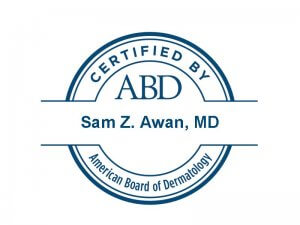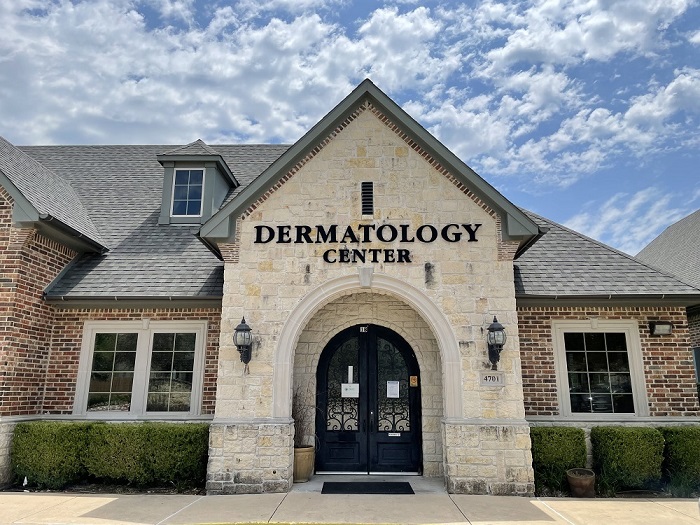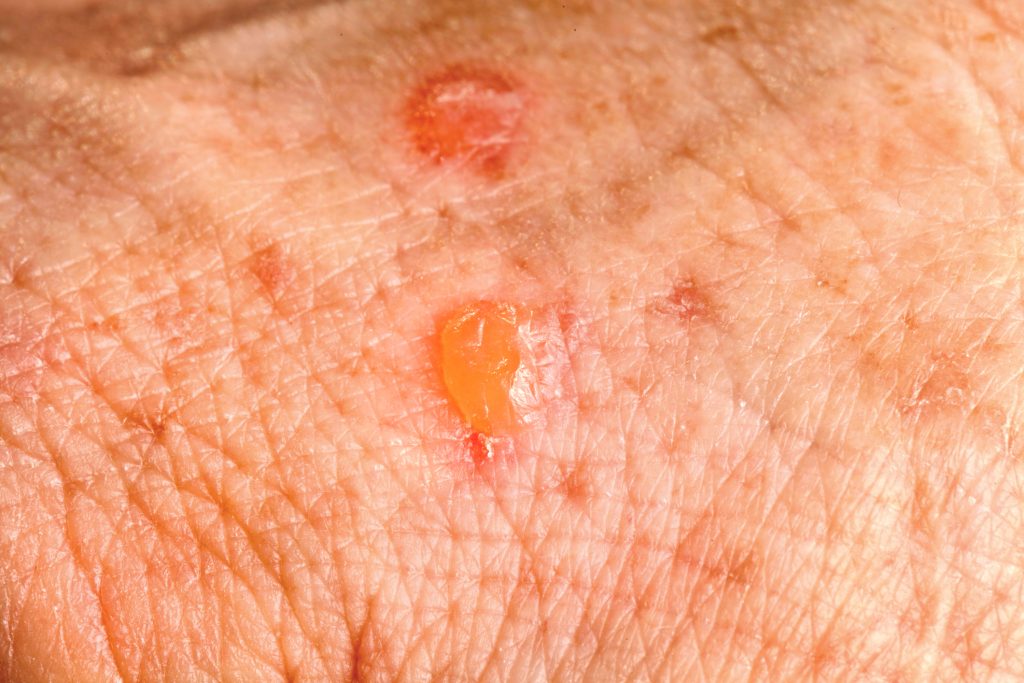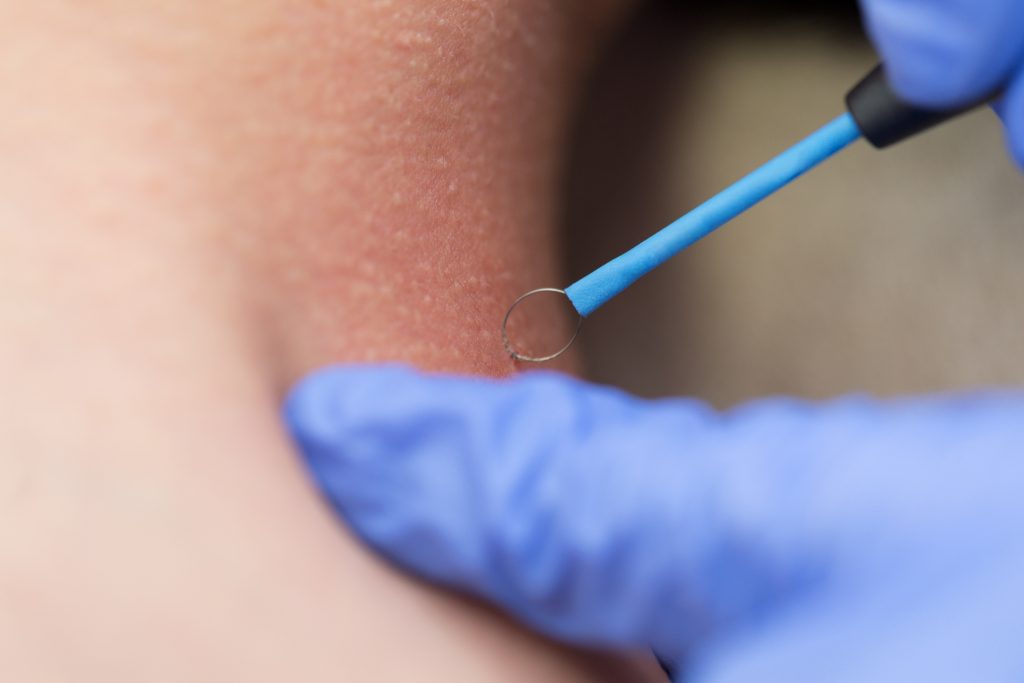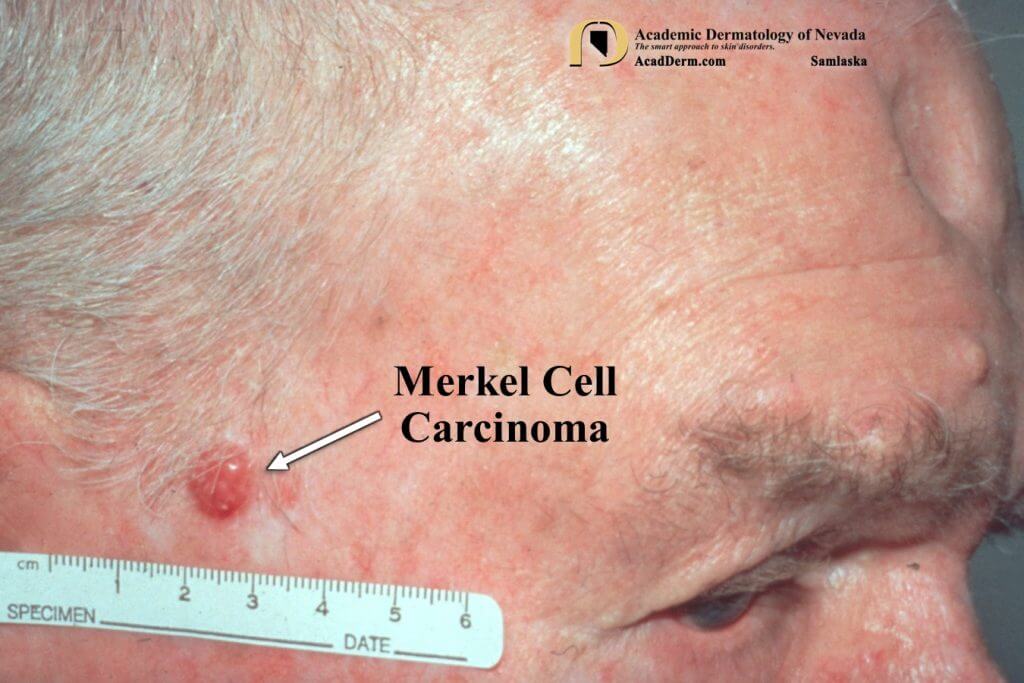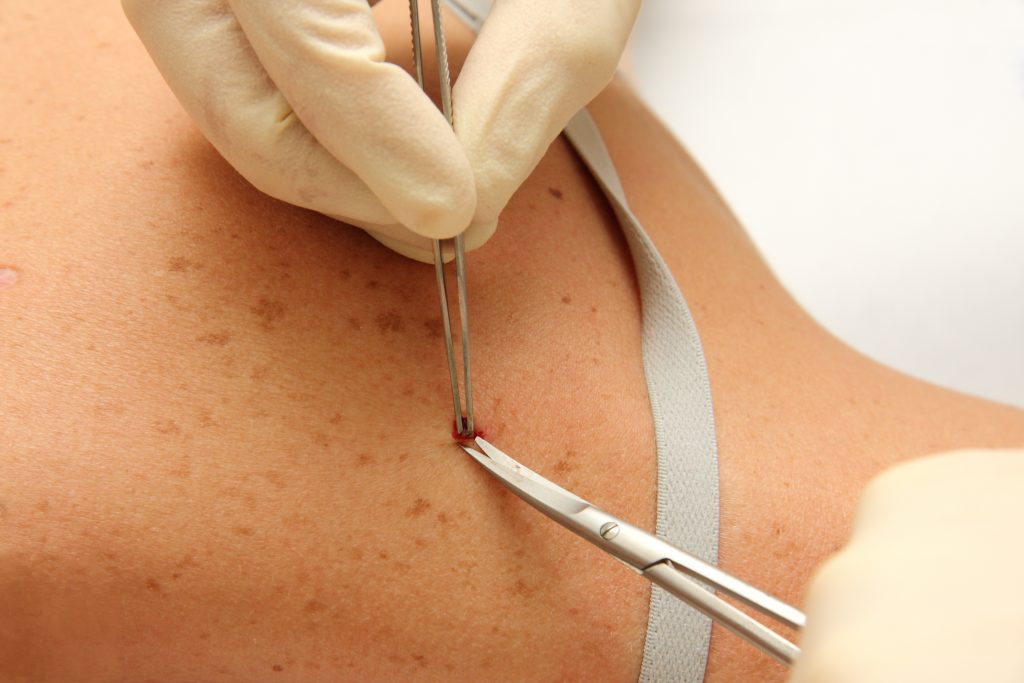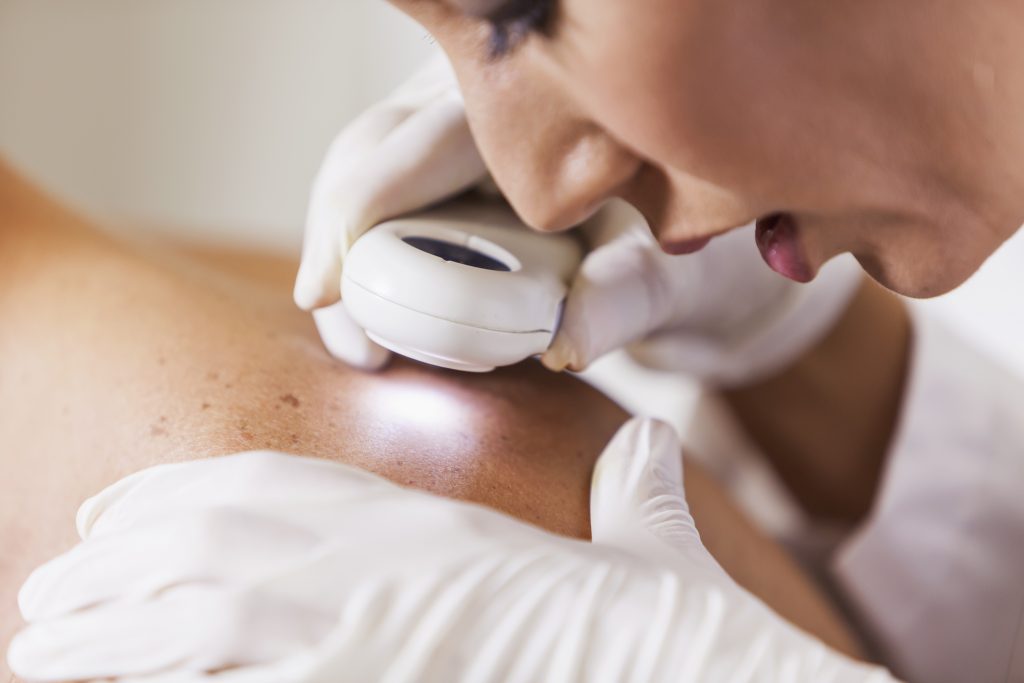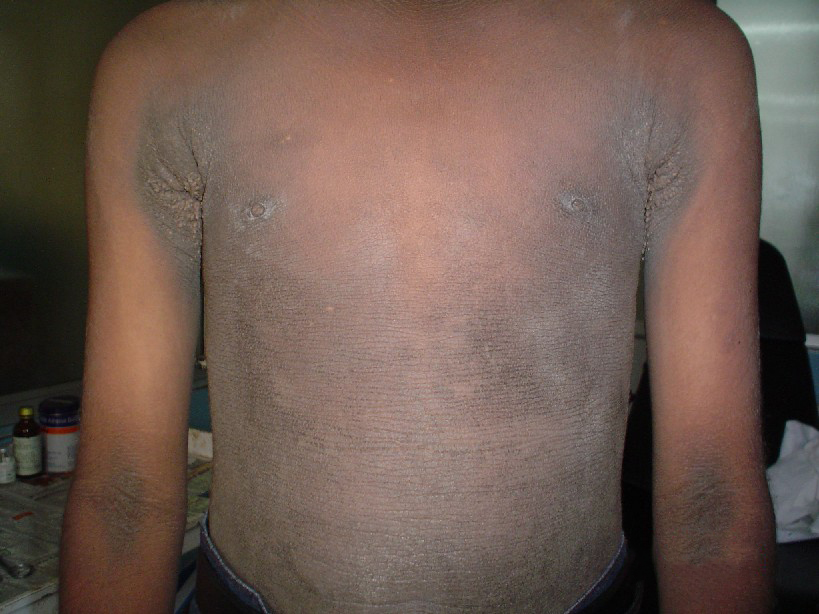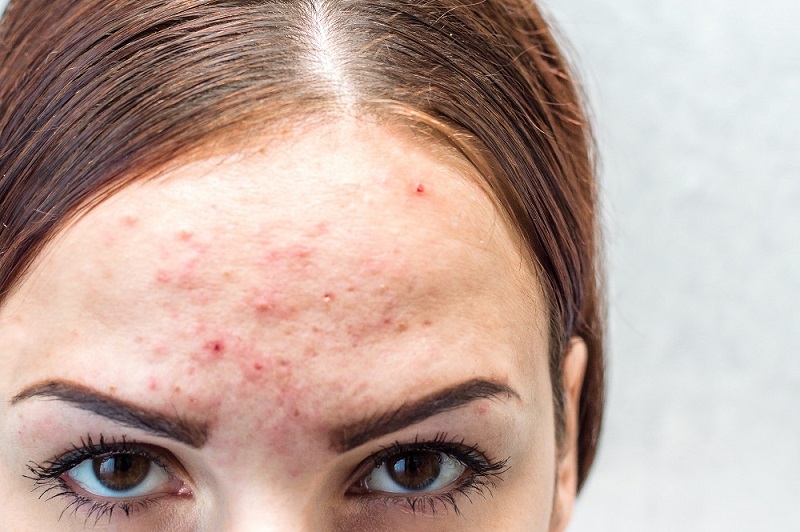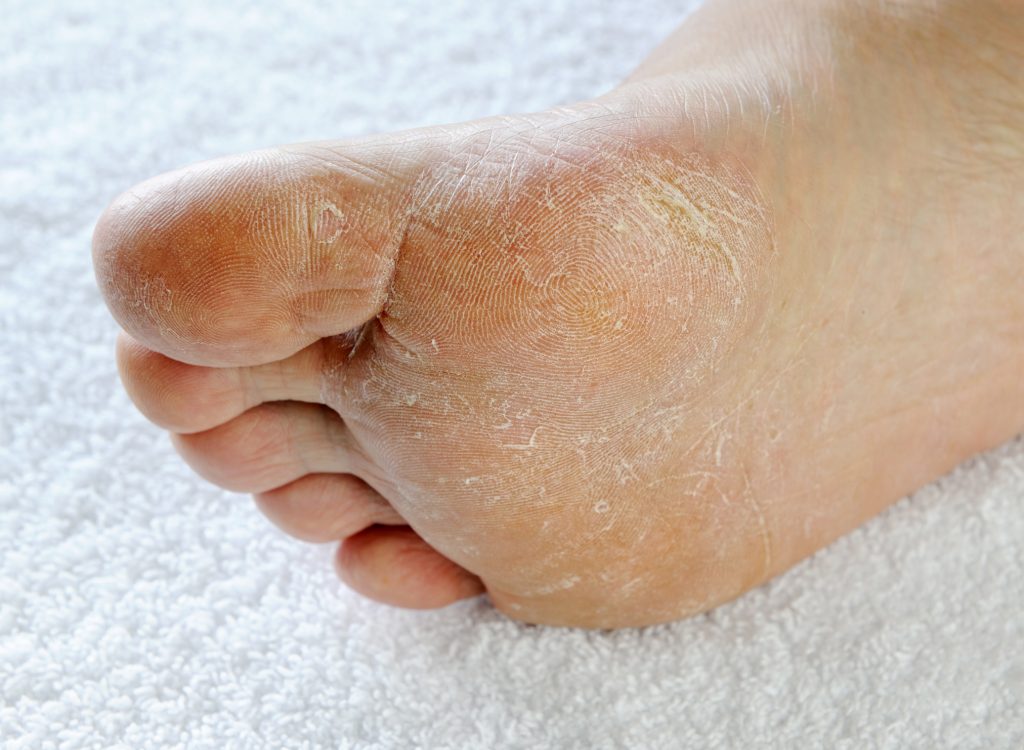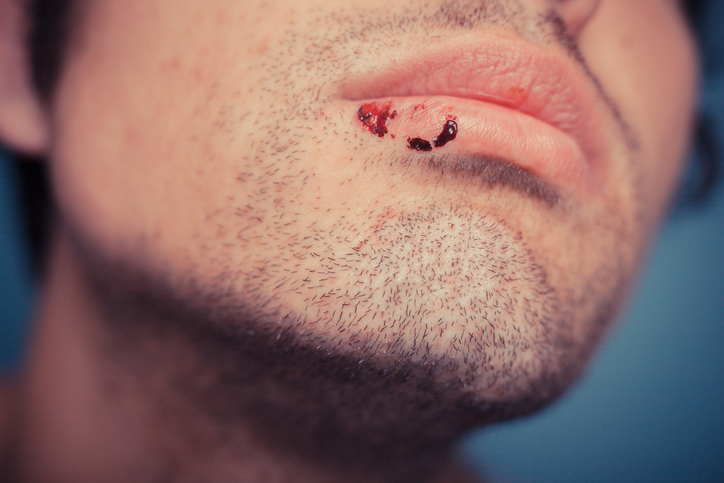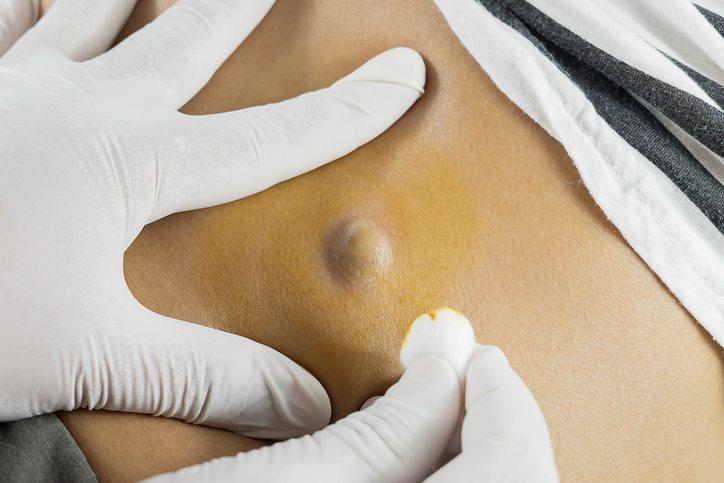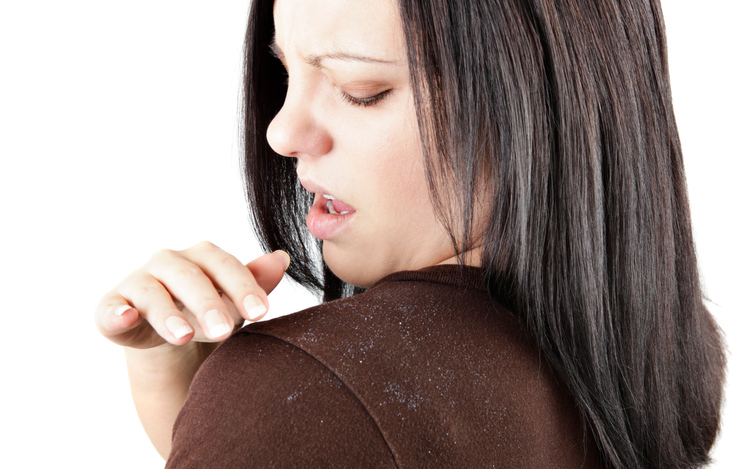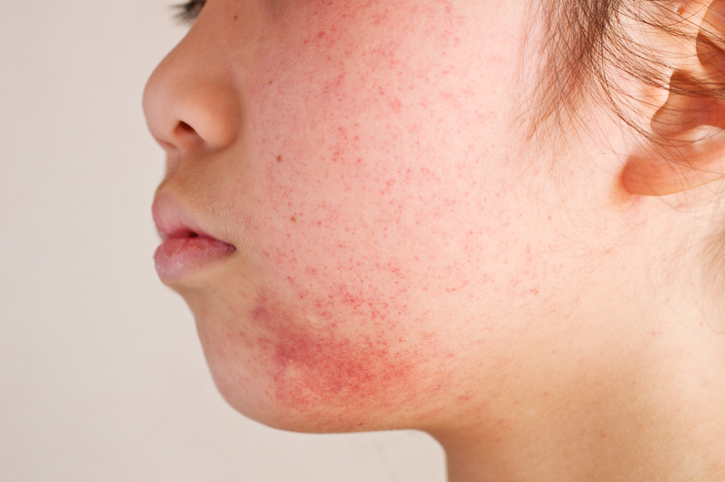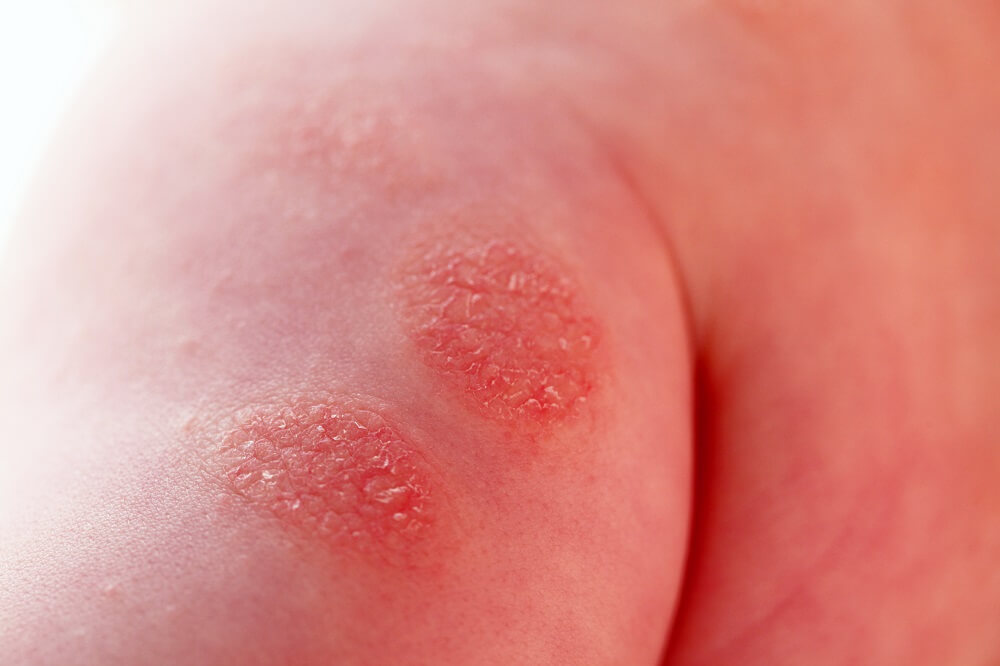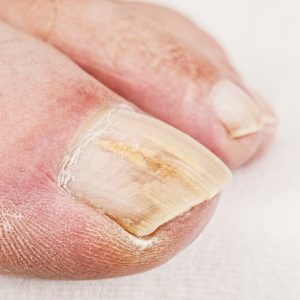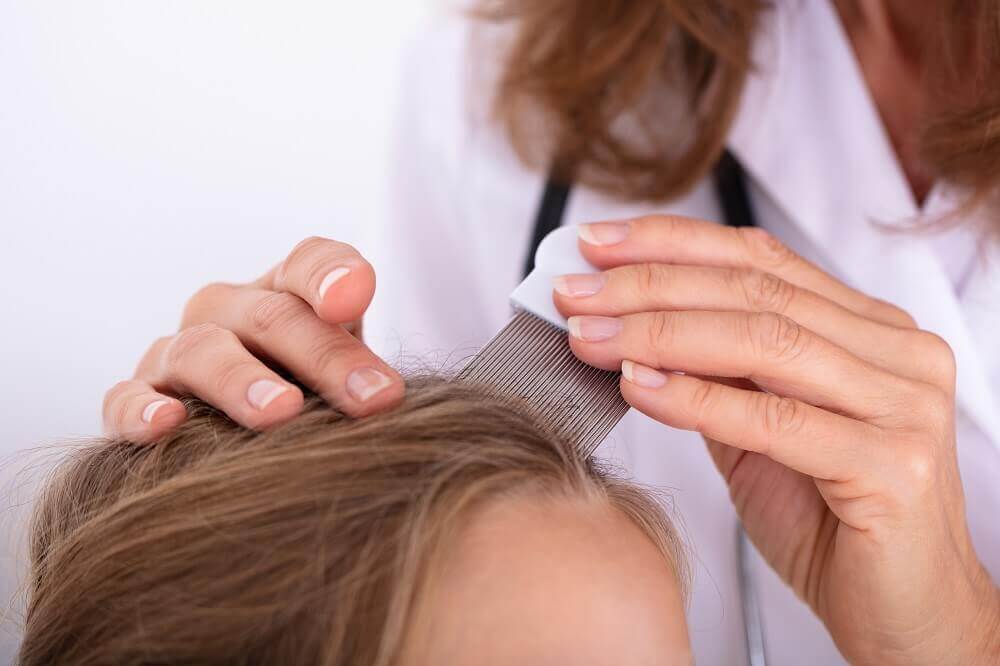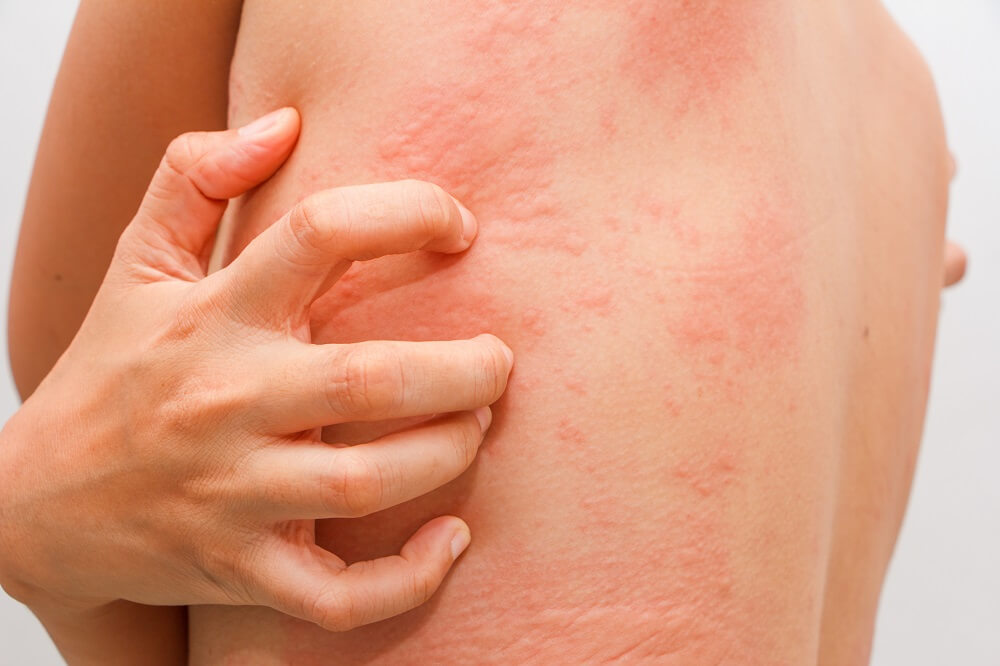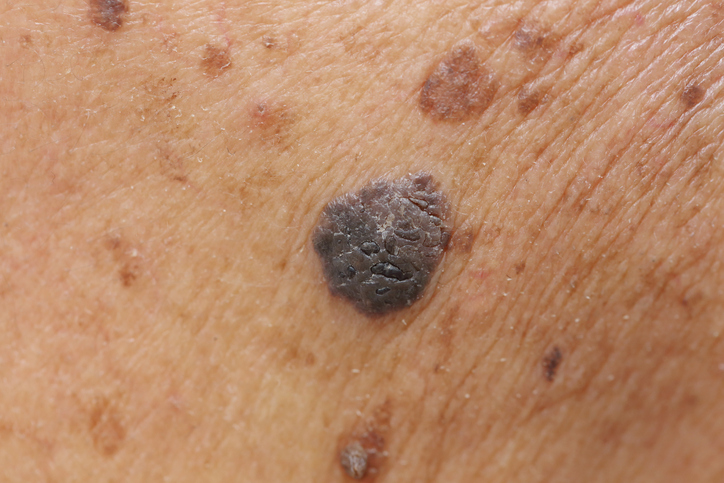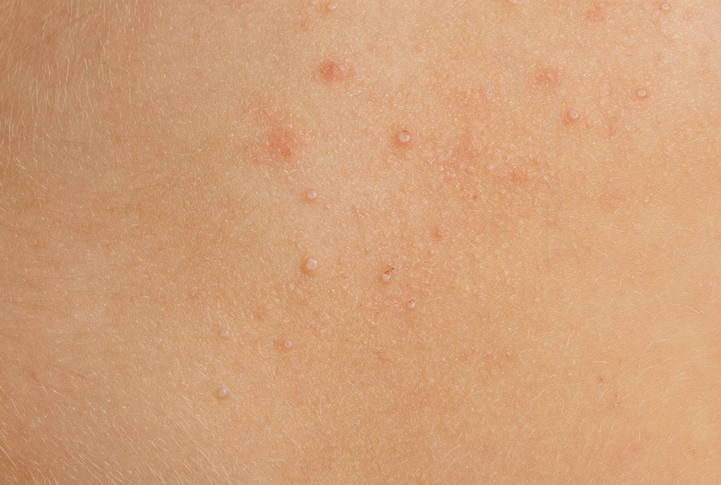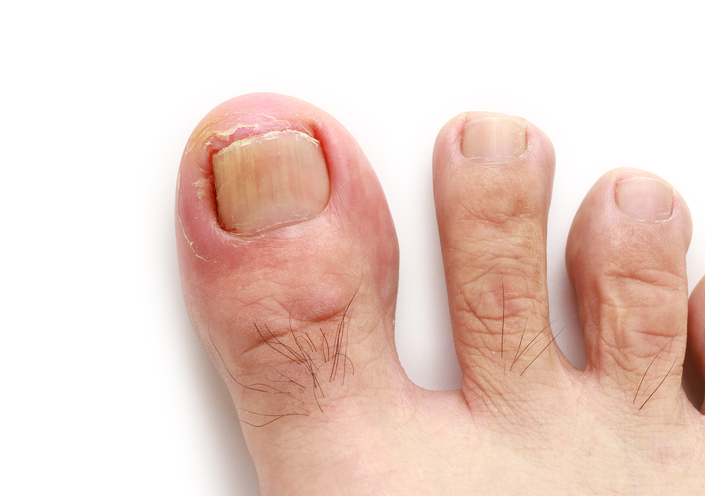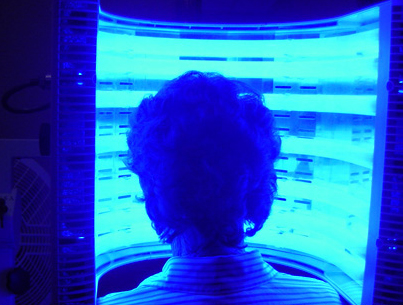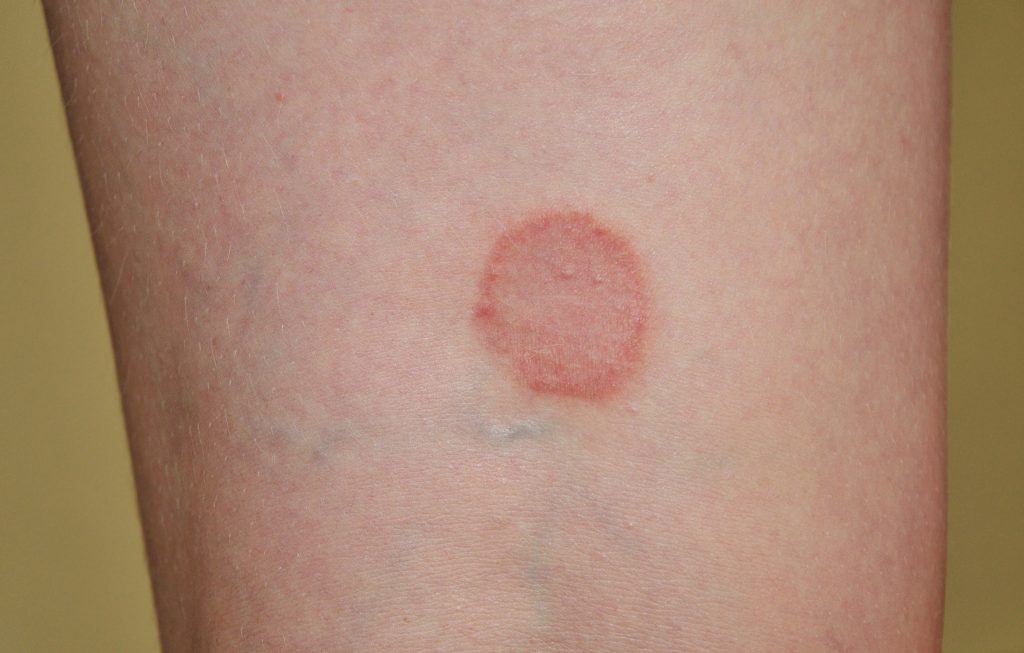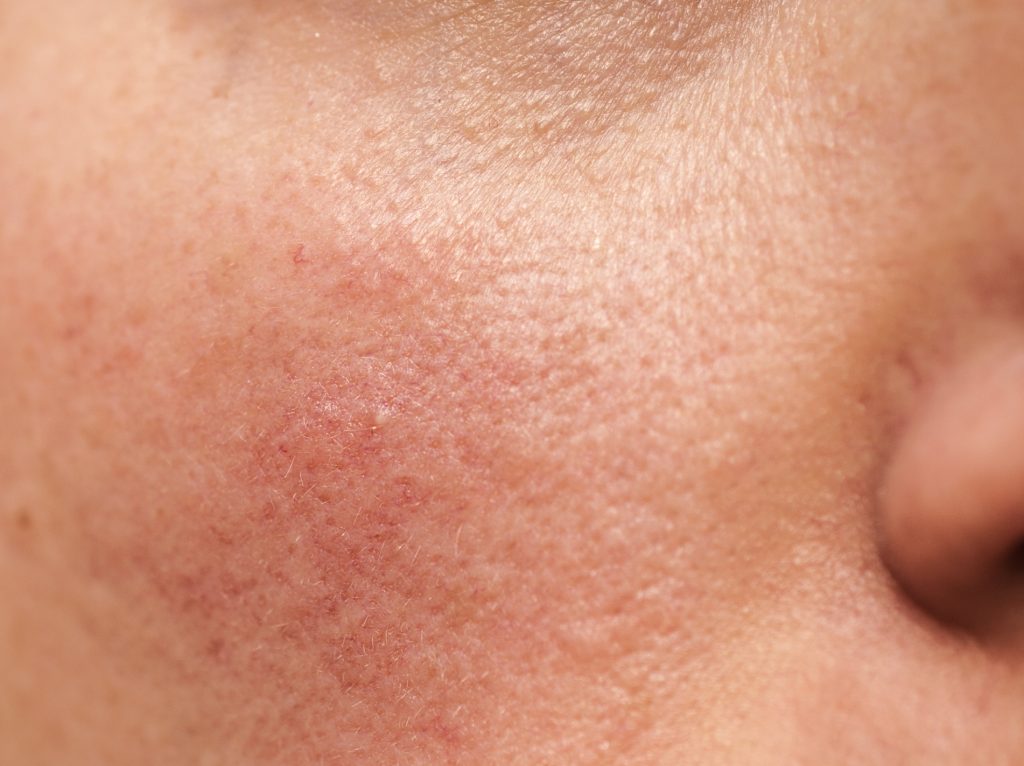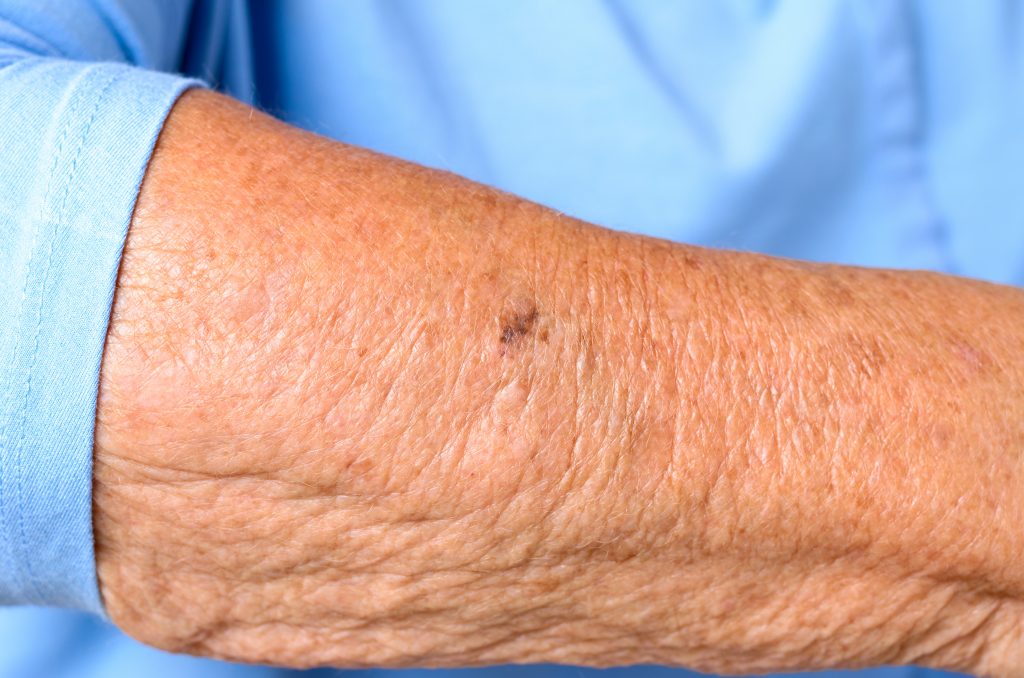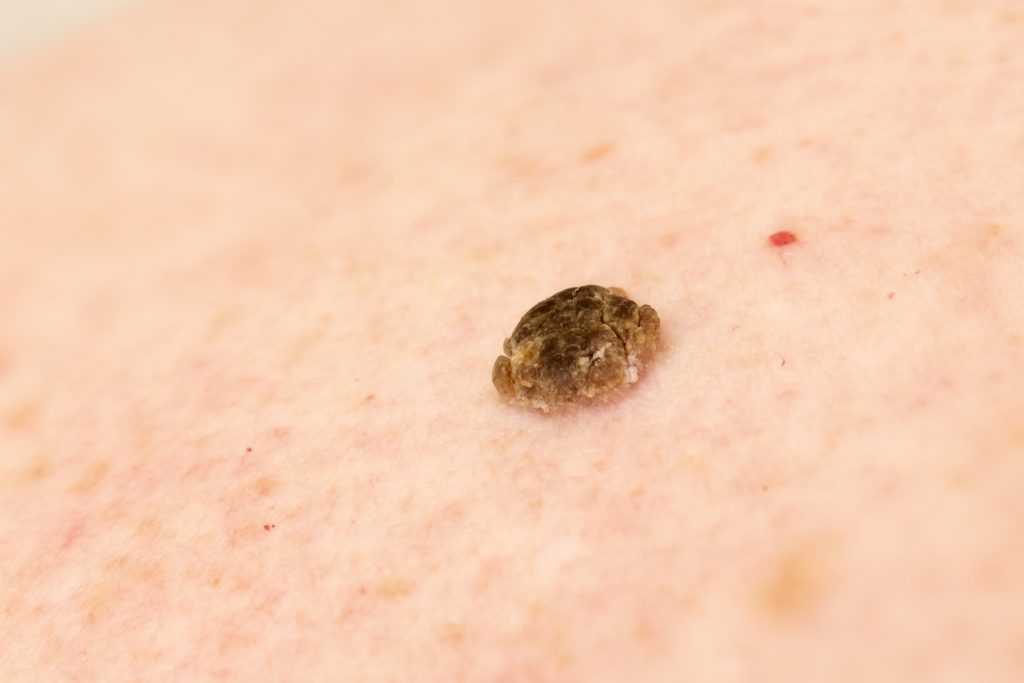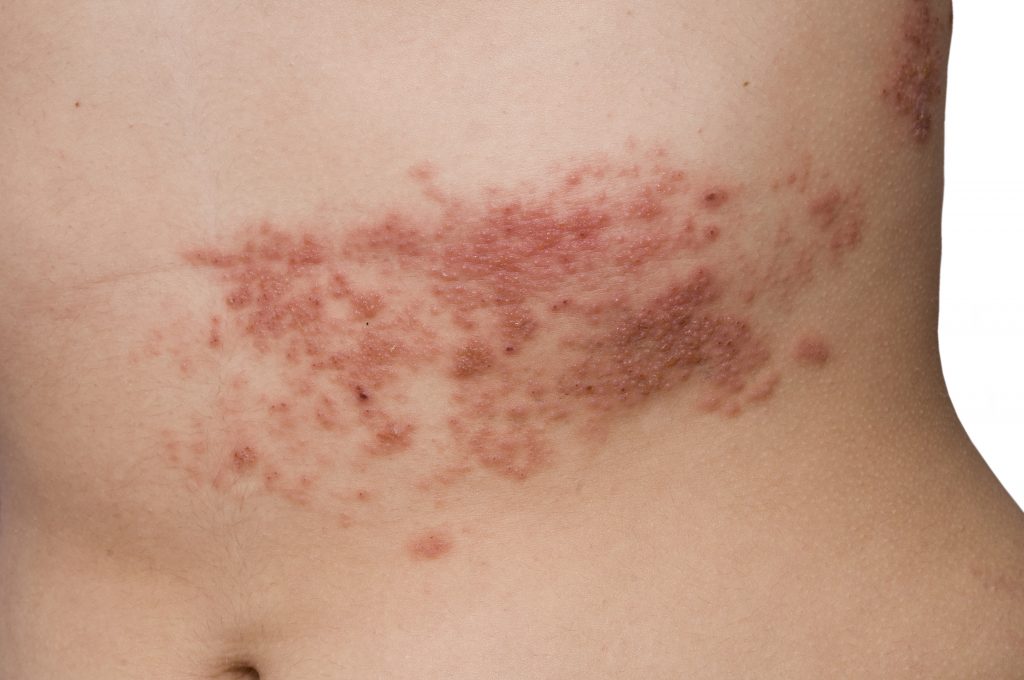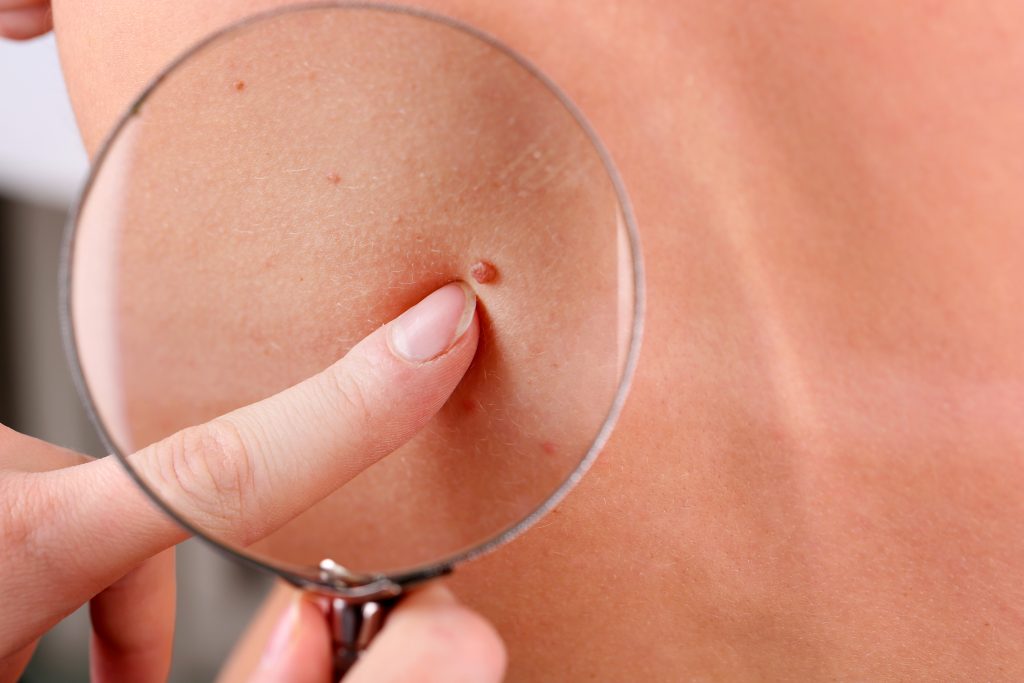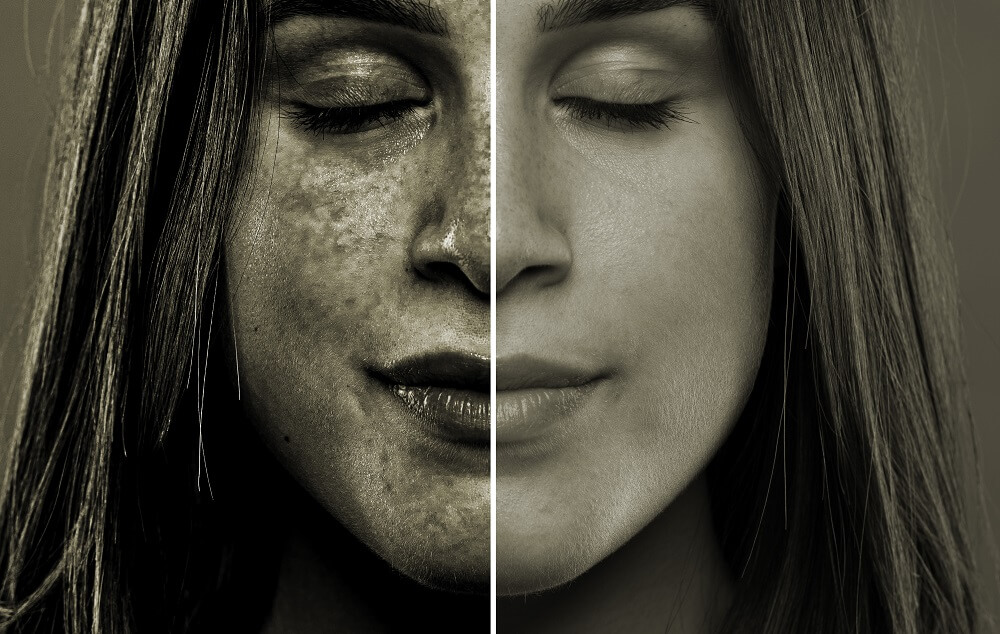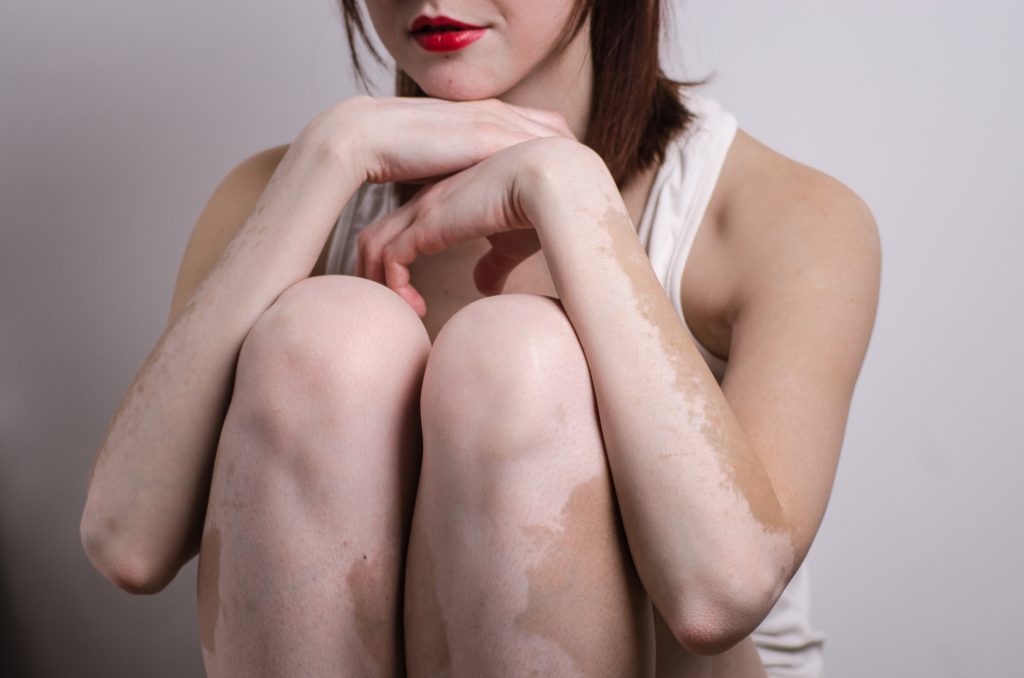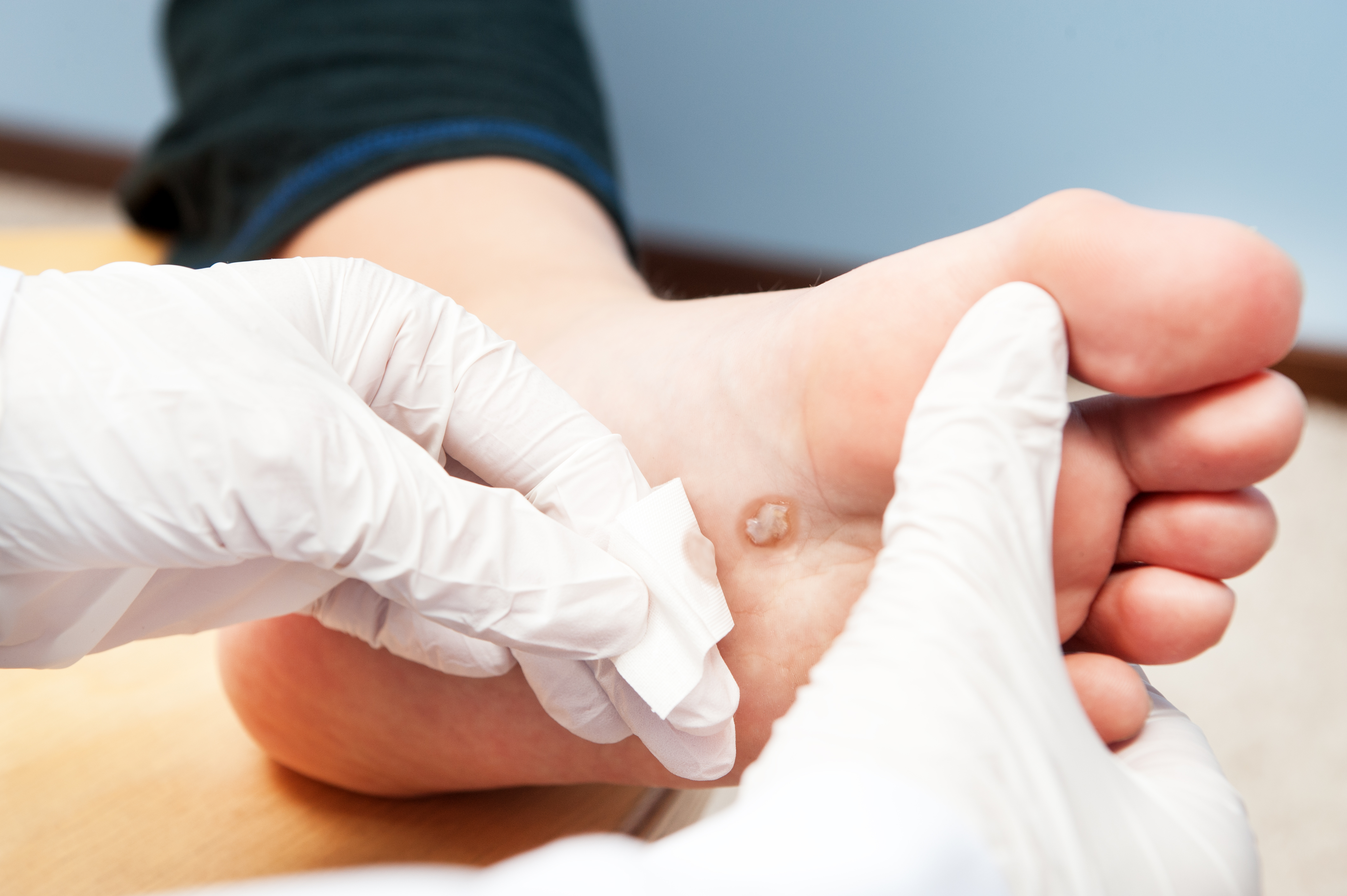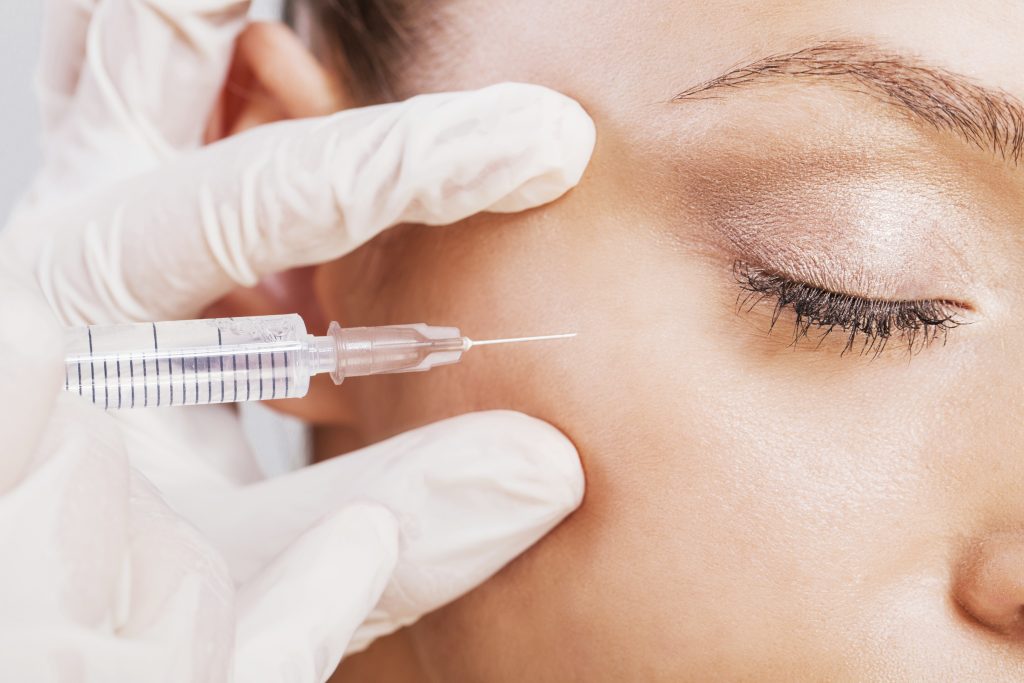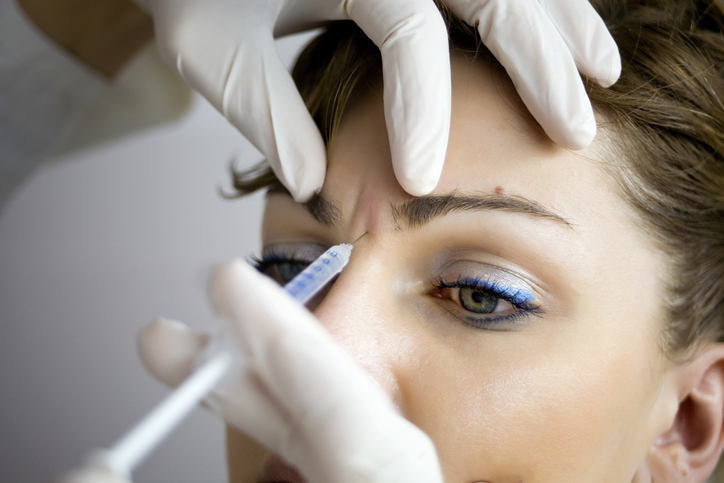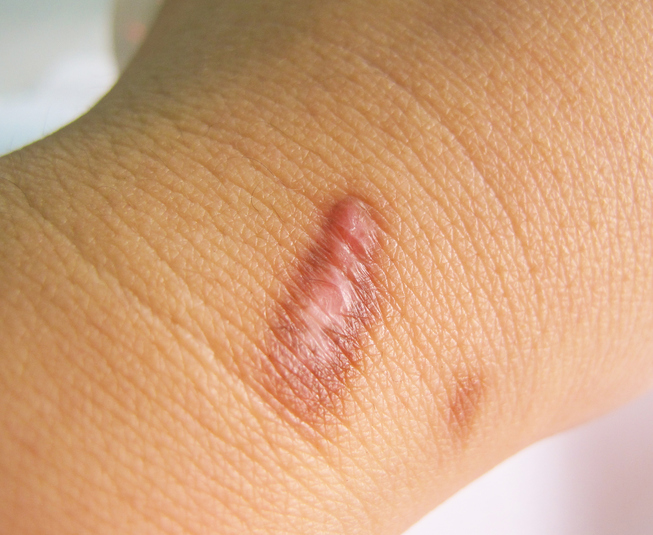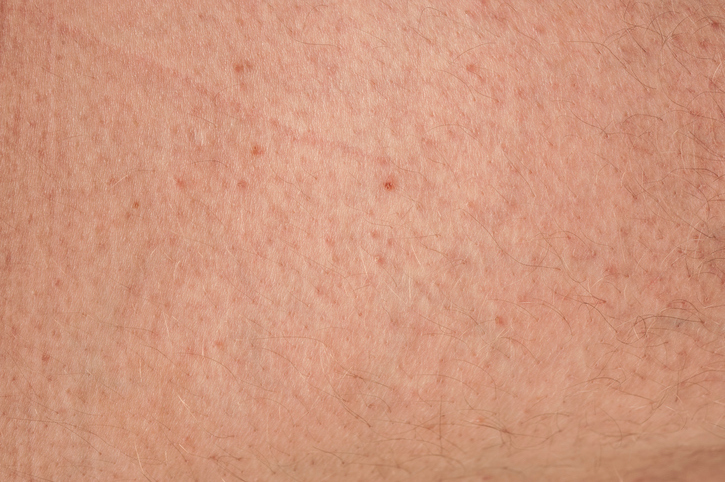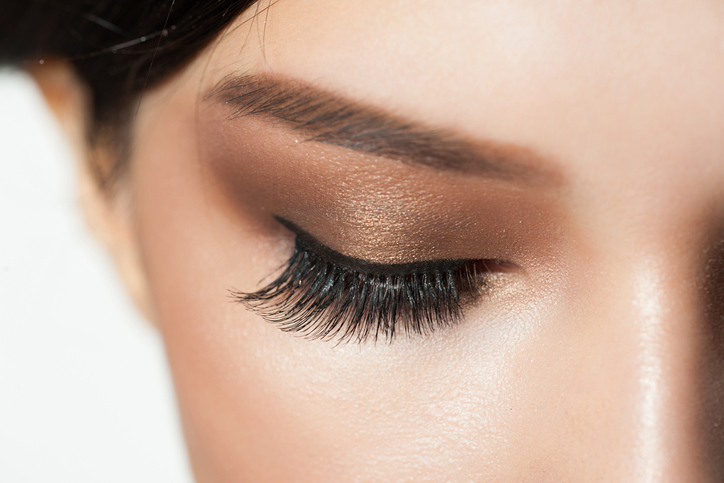Sam Awan, MD, FAAD
Board-Certified Dermatologist
Fellow of the American Academy of Dermatology
Dr. Sam Awan earned a bachelor’s degree in biology from Illinois Wesleyan University in Bloomington, IL. He earned a Doctor of Medicine and completed his internship at the University of Illinois College of Medicine. His dermatology residency was completed at the University of Connecticut in Farmington, CT where he served as chief resident during his final year. During his time at the University of Connecticut, Dr. Awan trained under world leaders in psoriasis and skin cancer. He lectures regularly to dermatologists and other physicians and presents at local and national dermatology conferences.
Dr. Awan’s clinical interests include the detection and prevention of skin cancer, treating eczema, psoriasis, and other inflammatory skin conditions. “The variety of dermatology makes every day new and exciting”, he says. “A typical day for me involves skin cancer screenings, surgical procedures, and the management of complex rashes that patients have lived with for years. The best part of my job is developing lasting relationships with patients and families from all backgrounds and walks of life”. Dr. Awan also has special interest in managing skin rashes from emerging cancer therapies.
Dr. Awan is currently accepting new patients at our McKinney, Texas location.
Featured Articles
- The 20 Best Sunscreens for Dark Skin, According to Editors, Experts and Reviewers
- 5 Surprising Things Your Skin Can Tell You About Your Heart Health
- Is Lip Balm Making My Chapped Lips Worse?
Featured Blogs
- Beyond the Skin: Understanding Psoriasis and Its Associated Comorbidities
- Itchy Scalp Dilemmas: Identifying Causes and Seeking Solutions
- Super Doctors 2023 Recognizes 43 U.S. Dermatology Partners Physicians in Peer-Nominated Award
- Texas Monthly Super Doctors 2023 Recognizes 18 U.S. Dermatology Partners Physicians as Rising Stars in Peer-Nominated Award
- Diabetes-Related Skin Conditions
- Skincare Myths Debunked by Dermatologists
- Why You Should Consider Visiting an African American Dermatologist
- Skin Side Effects from Cancer Treatments
- Texas Monthly Super Doctors 2022 Recognizes 14 U.S. Dermatology Partners Physicians as Rising Stars in Peer-Nominated Award
- What Is Nail Psoriasis?
- Do Beards Cause Acne?
- How Can I Treat Eczema on My Scalp?
Clinic Locations
Insurance Plans Accepted By Sam Awan, MD
- Aetna
- Ambetter
- Americas Choice Provider Network (ACPN)
- Amerigroup
- Baylor Scott & White Quality Alliance
- Blue Cross Blue Shield (BCBS)
- CareNCare
- Christus
- Cigna
- Devoted Health
- Health Smart
- Healthcare Highways
- Humana
- Independent Medical Systems (IMS)
- Medicare
- Multiplan
- Oscar Health
- Private Healthcare Systems (PHCS)
- Railroad Medicare
- Scott & White Health Plan
- Three Rivers Provider Network (TRPN)
- Tricare
- TriWest Healthcare Alliance (TriWest)
- United Healthcare (UHC)
- Wellcare
- WellMed
Sam Awan, MD accepts most major insurance plans. If your plan is not listed above, please contact the office to verify coverage.
What Our Patients Say
Source : Healthgrades – Apr 18, 2024
Source : Healthgrades – Apr 17, 2024
Source : Healthgrades – Mar 28, 2024


